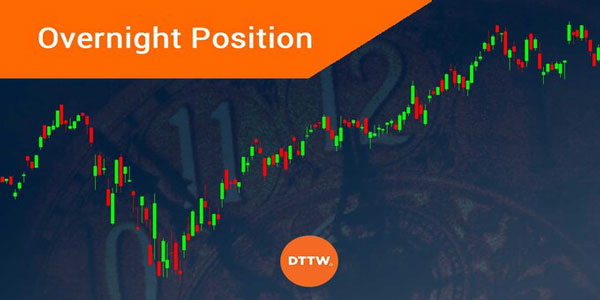Your money may be put to work throughout the market using either a passive or an active strategy. Market indexes, such as the S&P 500, are used as yardsticks for passive vs. active funds. But active investors want to do better than with the index, whereas passive investors try to do no worse than the index. Any conversation between active and passive investors, particularly wealth managers, will likely get heated very quickly due to the polarized nature of the two investment styles. Proponents of active investing argue that it has benefits that passive techniques lack.
What Are The Pros And Cons Of Actively vs. Passively Managed Funds?

Whether actively managed versus passively managed funds perform better is a hot topic in personal finance. Funds that were already actively managed have the following advantages, according to their supporters:
- Only with active funds can you be certain of making money in the market.
- In the past, several funds have produced above-average returns. Any given fund may have periods of strong success followed by periods of underperformance; thus, it is important to research a fund's track record before making a financial commitment.
- However, actively managed funds have several drawbacks."Underperforming" and often even doing worse than the market index is the norm for actively managed funds.
- The previous performance of a fund is irrelevant to its future success. There is no way to predict the future performance of a certain fund with any degree of accuracy.
- Every time an active fund transfers an investment, it incurs transaction costs and taxes, which eat into the fund's returns.
- You will be charged this same amount every year, regardless of how well or poorly your investment does.
- Imagine you had a choice between an index fund promising 7% and an active fund promising 8%, both of which cost you 1.5%. 5%.
Actively And Passively Managed Funds Are Discussed, Along With Some Examples Of Both

Bob employs a passive investment approach by purchasing an S&P 500 index fund. For his money, he uses a passively managed index fund. The cost to him is 0.06% of the investment. Bob's fund guarantees returns that match those of the S&P 500. When you turned on the TV, Bob wasn't shocked to see the S&P up 4% today. His financial holdings have also shown comparable results. He thinks his funds have decreased by about the same amount as the S&P 500 after learning of the reduction. Bob also knows that the management fee he must pay will not significantly impact his earnings. It's expected that Bob's fund would underperform the S&P 500 by a little margin, but he's okay with that.
However, Bob does not believe paying attention to such details is important. Sheila's ambitious investment fund has stakes in the banking, real estate, energy, and car manufacturing sectors. Those in charge of her portfolio do in-depth research on industries and companies to decide when it is best to buy and sell shares. Over and beyond what Bob charges, Sheila's fees towards the fund managers are over 1%. In addition, she is well aware that her portfolio will not track the S&P 500. The news reported a 2% increase in the S&P 500 today, but Sheila has no clue how her portfolio did. Perhaps or perhaps not, her funds have increased in value.
Sheila likes this fund because it permits her to keep on hoping that she can beat the index. Since his fund's performance is proportionate to the index, Bob can't afford to deviate from it. Sheila may, however, get even better outcomes than the index. You may choose the best mutual fund for your situation by analyzing the two funds' historical returns.
Conclusion
If you're looking to invest, you may find that active funds are more suited to your requirements than passive ones. Actively managed investment vehicles, like mutual funds, have a manager as well as a member of an organization making investment decisions, whereas passively managed investments follow an index. There is no management team to handle the company's finances. However, there seem to be exchange-traded funds (ETFs) that were already actively managed and operated, despite the term "actively managed fund" being more often associated with mutual fund schemes (exchange-traded funds). You can't determine from a fund's name alone whether it's an active versus managed investment vehicle. You may locate them in various places; if you're curious about a certain fund, study its prospectus.




